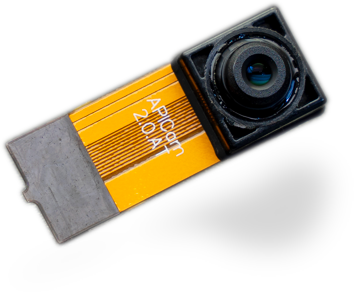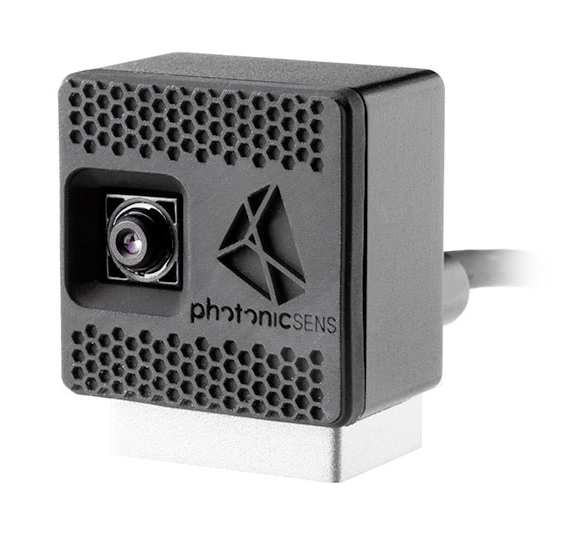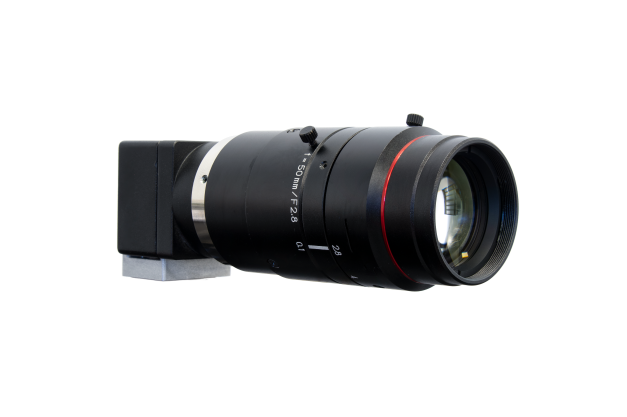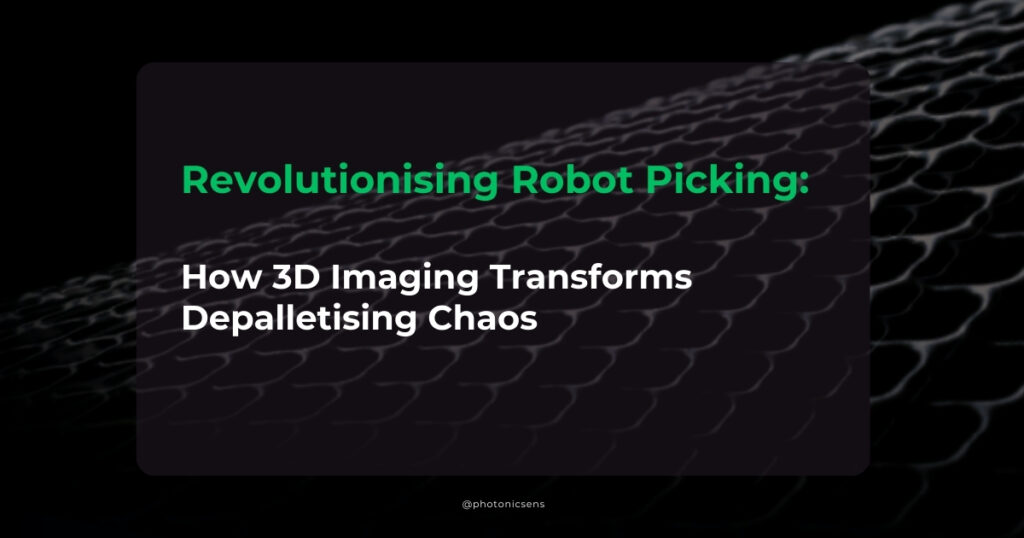In the bustling world of logistics and manufacturing, the task of efficiently picking and sorting products from pallets is both crucial and challenging. Imagine a warehouse filled with pallets stacked haphazardly with various items strewn about in no particular order. Traditionally, this chaotic arrangement has been a nightmare for robotic systems tasked with depalletizing – until now.
The advent of advanced 3D imaging technologies is revolutionising robot picking applications, particularly in depalletising chaotic products. These cutting-edge innovations provide fast and accurate spatial information to robots, significantly improving performance, reducing errors, minimising false readings, and enhancing the speed of such applications.
Precision in chaos: Revolutionising depalletizing with 3d imaging
In the realm of depalletising, one of the most significant challenges has been accurately identifying and grasping items within a cluttered environment. Conventional 2D vision systems often struggle with depth perception and object recognition in such scenarios, leading to inefficiencies and errors. However, 3D imaging technologies, such as advance lightfield cameras, offer a solution by capturing detailed spatial data of the pallet and its contents in three dimensions.
By leveraging 3D imaging, robots can precisely perceive the size, shape, and position of each item on the pallet, enabling them to plan optimal grasping strategies and navigate through cluttered environments with ease. This not only improves the accuracy of picking but also enhances the overall efficiency of the process.
Maximising efficiency and adaptability with 3D imaging
Moreover, the speed at which 3D imaging systems operate is remarkable. With rapid data acquisition and processing capabilities, robots equipped with these technologies can swiftly analyze complex scenes in real-time, enabling seamless and continuous operation even in dynamic warehouse environments.
One of the key advantages of advanced 3D imaging technologies is their ability to minimize false readings, a common issue in traditional vision systems. By precisely mapping the environment in three dimensions, these systems can differentiate between objects, even those closely packed together, reducing the likelihood of misidentification and picking errors.
Furthermore, the flexibility offered by 3D imaging facilitates easy adaptation to various product configurations and pallet layouts. Unlike rigid rule-based systems, these technologies can adapt to changes in the environment on the fly, making them ideal for handling diverse items and enabling agile operations in rapidly changing production environments.
Another significant benefit is the simplified deployment of depalletising applications. With 3D imaging technologies providing comprehensive spatial data, the process of building and calibrating robotic systems becomes more straightforward and less time-consuming. This allows businesses to implement depalletising solutions more quickly and cost-effectively, enhancing their operational efficiency and scalability.
In conclusion, the integration of advanced 3D imaging technologies is revolutionising the landscape of robot picking applications, particularly in depalletising chaotic products. By providing fast and accurate spatial information to robots, these innovations are revolutionising warehouse automation, improving performance, reducing errors, and enhancing overall efficiency. As technology continues to evolve, we can expect further advancements that will revolutionise the way we handle and process goods in the modern era of manufacturing and logistics.









